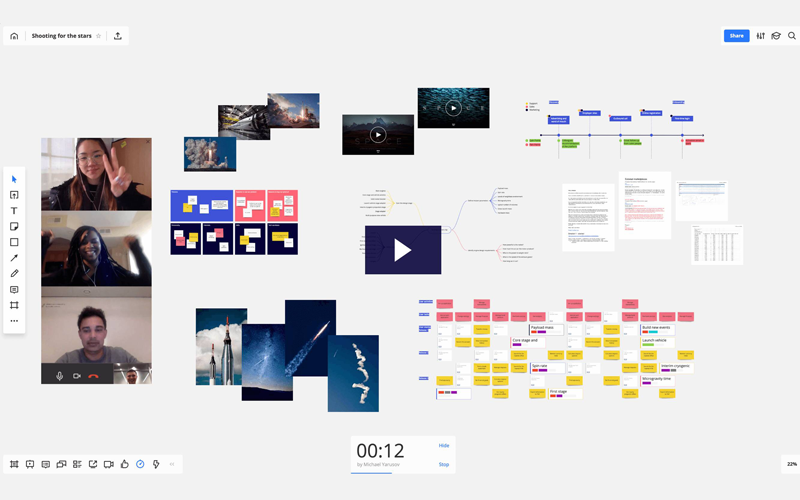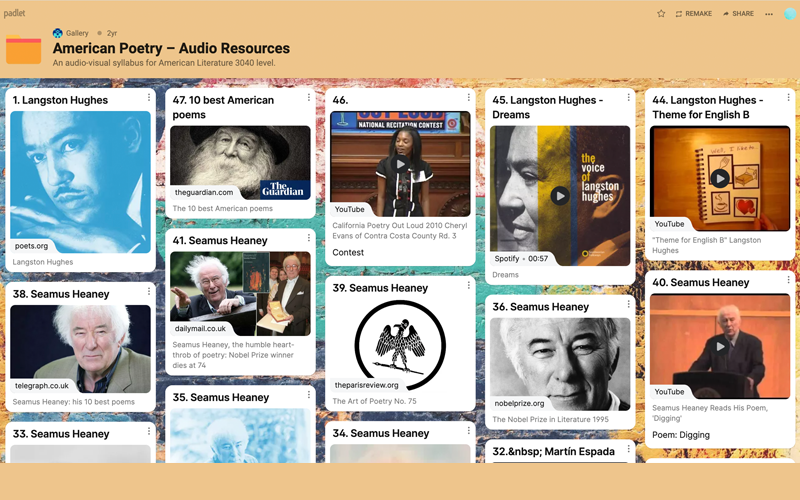
Using a web-based whiteboard provides instructors with another tool to increase learner interaction in their classroom by allowing them to post comments, images, videos, and links which are then immediately visible to all learners in the class. You can use a whiteboard for in-person, hybrid as well as online classes to enhance interaction between learners. Electronic cloud-based whiteboards facilitate:
- collaboration while remote or in-person
- active learning
- a learner-centered environment
- cooperative learning
- increased learner engagement
- community building
- opportunity for low-stakes assessments
Cloud-based Whiteboard Platforms
Microsoft Whiteboards (Real-time or asynchronous)
Draw, write with digital pens, and insert images and documents in a shared workspace. Microsoft's Whiteboard is included with Emory's Office 365. To try it, click in the upper-left on the nine dots when in your Emory email, select All apps and scroll until you see Whiteboards. (After you select it once, it may appear in the initial list after clicking on the dots). Next, click New Whiteboard and start working. Here is more help for Microsoft Whiteboards and a video. Free with Emory's Microsoft Office 365.
Sample from the Microsoft Whiteboard website
Miro
Miro provides numerous ways to collaborate by free-form drawing, writing, inserting images and documents, labeling, and using note cards. Visit the Miro Help Center and view this video on using Miro for meetings and workshops. Free or paid versions are available.
Sample from the Miro site.
Padlet is an easy-to-use tool that allows learners to collaborate online by posting text, images, links, documents, videos, and voice recordings. Padlet allows for different visual set-ups including a wall, a canvas, a shelf, an information stream, a grid, a timeline, and a map. Padlet's function is similar to an electronic bulletin board where learners can collaborate to pull together different kinds of information: topics, themes, historical events, categories, and more. Here is a gallery of sample uses for Padlet and a help video. Paid or free versions available.
Sample from the Padlet website.
Zoom Whiteboard (Real-time)
Zoom, which is available to everyone at Emory has a whiteboard. Sign in to your Emory Zoom account, select the Whiteboards tab and choose New Whiteboard. To view your whiteboards, select the 'My Whiteboards' tab. You can also select 'Shared with Me' to view whiteboards that have been shared with you. Here is Zoom Help for whiteboards.





